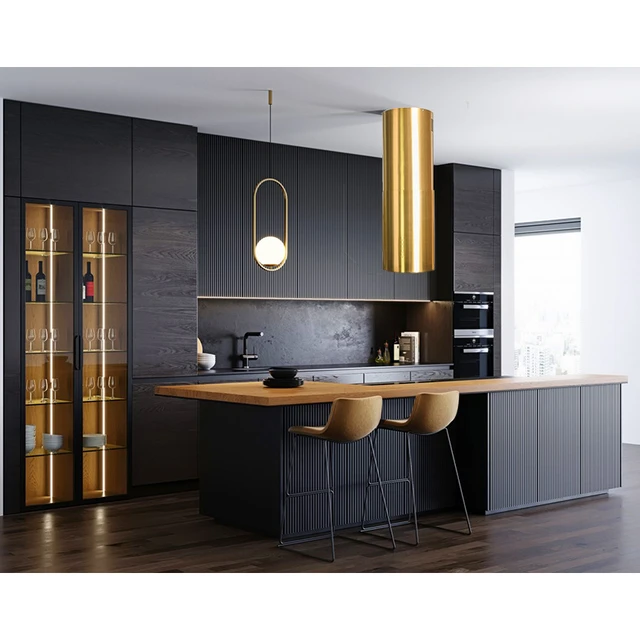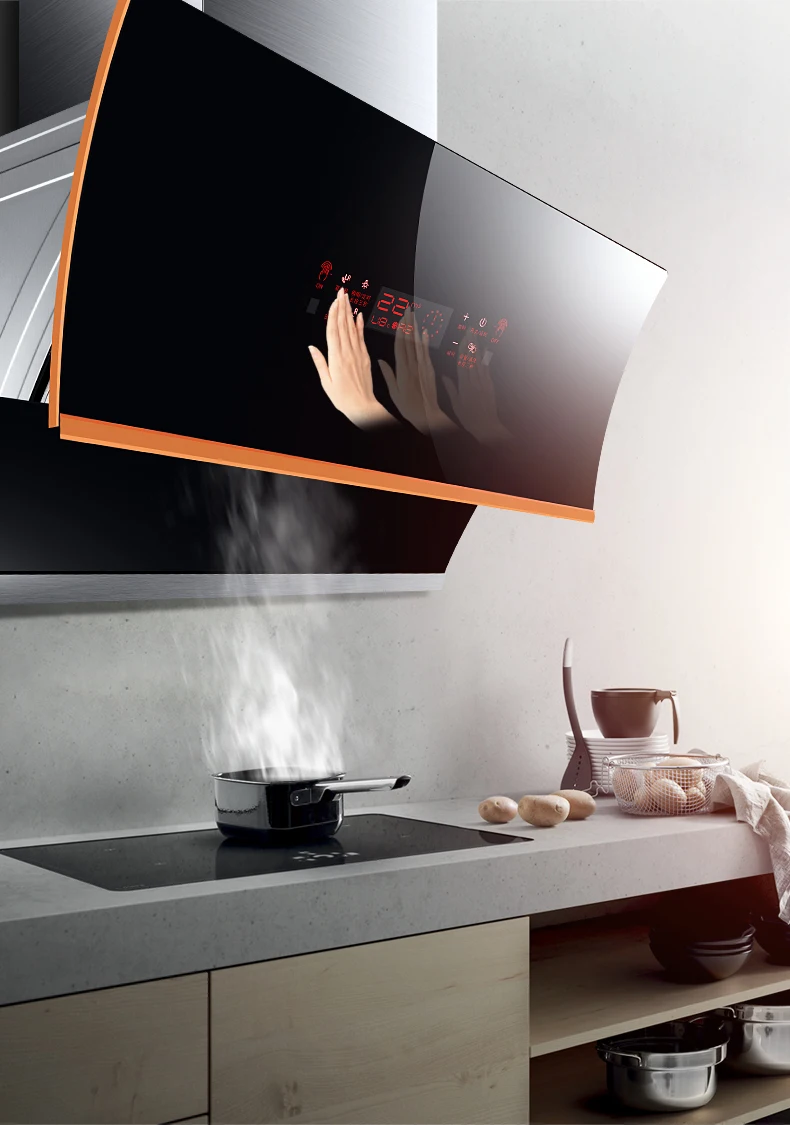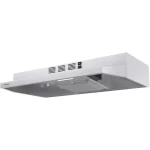Introduction
In the bustling heart of any home lies the kitchen, where aromas mingle and culinary creations take shape. Amidst the sizzle of pans and the fragrance of spices, proper ventilation plays a pivotal role in maintaining a comfortable and healthy environment. At the forefront of kitchen ventilation systems stands the range hood, a vital appliance that helps to whisk away smoke, grease, and odors, keeping the air clean and fresh. While the design and efficiency of the range hood are crucial factors, one often overlooked aspect is the height at which it is installed. Understanding the importance of range hood height is essential for optimizing kitchen ventilation and ensuring optimal performance.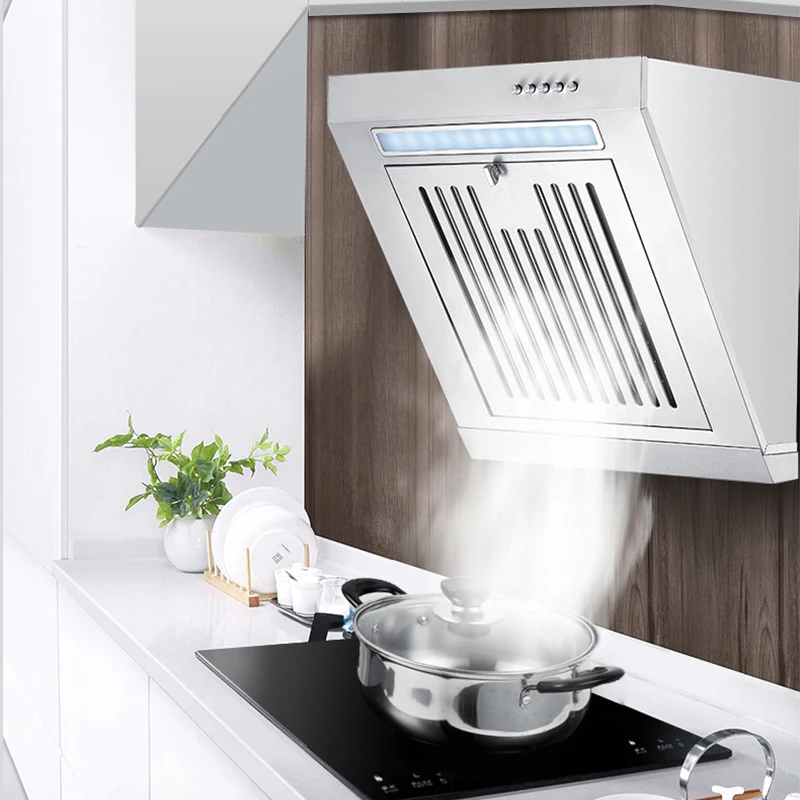
1. Capture Efficiency:
The primary function of a range hood is to capture and remove airborne pollutants generated during cooking. Proper capture efficiency depends largely on the positioning of the hood relative to the cooktop or stove. Installing the range hood at the correct height ensures that it effectively captures cooking fumes and prevents them from spreading throughout the kitchen. Ideally, the bottom of the hood should be positioned 20 to 24 inches above the cooking surface for optimal capture efficiency. This height allows the hood to effectively capture the rising plume of smoke and steam, maximizing its performance.
2. Smoke and Grease Removal:
Cooking activities often produce smoke, grease, and other airborne particles that can linger in the kitchen and contribute to poor indoor air quality. A range hood positioned at the appropriate height helps to efficiently remove these pollutants, preventing them from accumulating on surfaces and permeating other areas of the home. By directing the airflow upwards and away from the cooking surface, the range hood effectively captures and expels smoke and grease, keeping the kitchen clean and odor-free. Proper installation height is essential for ensuring thorough ventilation and minimizing the risk of indoor air pollution.
3. Comfort and Safety:
In addition to improving indoor air quality, proper range hood height contributes to the comfort and safety of the kitchen environment. Cooking can generate heat, steam, and odors, which can be uncomfortable and even hazardous if not adequately ventilated. A range hood positioned at the correct height helps to remove excess heat and humidity, creating a more comfortable cooking environment. Moreover, by eliminating smoke and grease, the hood reduces the risk of fire hazards and ensures a safer cooking experience for homeowners and their families.
4. Design Considerations:
While functionality is paramount, range hood height also has implications for kitchen design and aesthetics. The height at which the hood is installed should complement the overall design of the kitchen and provide adequate clearance for cooking activities. Factors such as ceiling height, cabinet layout, and the size of the range hood itself should be taken into account when determining the optimal installation height. Additionally, the visual impact of the range hood within the kitchen space should be considered, ensuring that it enhances the overall aesthetic appeal of the room.
5. Professional Installation and Maintenance:
Achieving optimal range hood height requires professional installation by qualified technicians who understand the intricacies of kitchen ventilation systems. From determining the ideal mounting height to ensuring proper ductwork and airflow, professional installers can help homeowners maximize the performance and efficiency of their range hoods. Regular maintenance and cleaning are also essential for preserving the effectiveness of the range hood over time. Filters should be cleaned or replaced regularly, and ductwork should be inspected for any obstructions or blockages that could impede airflow.
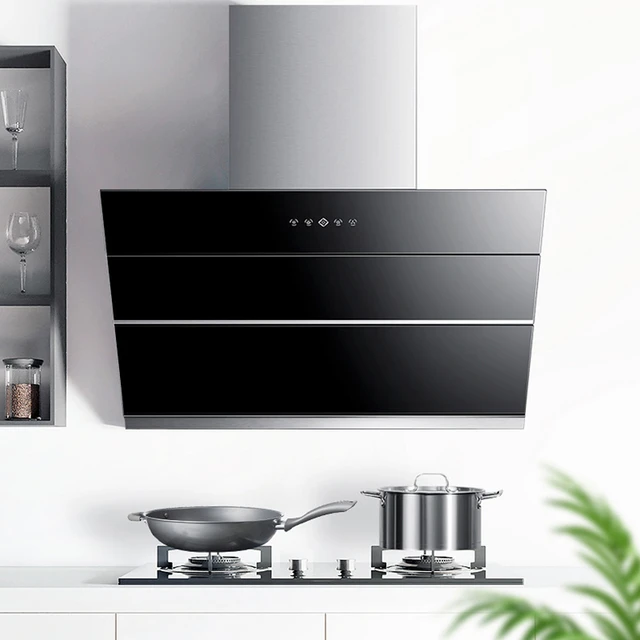
6. Noise Reduction:
Another benefit of installing a range hood at the correct height is noise reduction. Range hoods equipped with powerful ventilation systems can produce significant noise levels during operation, especially at higher speeds. By positioning the hood at the optimal height above the cooking surface, homeowners can minimize noise levels and create a more pleasant cooking environment. Additionally, selecting a range hood with variable speed settings allows users to adjust ventilation levels according to their cooking needs while minimizing noise.
7. Compliance with Building Codes:
In many jurisdictions, building codes and regulations dictate specific requirements for the installation of range hoods, including minimum and maximum mounting heights. Compliance with these regulations is essential to ensure the safety and functionality of the ventilation system. Failure to comply with building codes may result in fines, delays in construction projects, or even the need to retrofit the ventilation system to meet regulatory standards.
8. Enhanced Energy Efficiency:
Properly positioning the range hood at the optimal height can also contribute to enhanced energy efficiency in the kitchen. By effectively capturing cooking fumes and directing them outside the home, the range hood helps to prevent the accumulation of heat and moisture indoors. This reduces the workload on heating, ventilation, and air conditioning (HVAC) systems, resulting in lower energy consumption and utility bills. Additionally, choosing an energy-efficient range hood with features such as LED lighting and programmable timers further enhances energy efficiency and reduces operating costs.
9. Improved Cooking Experience:
Beyond its practical benefits, optimizing range hood height can also enhance the overall cooking experience for homeowners. A well-positioned range hood creates a more comfortable and inviting kitchen environment, allowing cooks to focus on their culinary creations without distractions or discomfort. The absence of lingering odors, smoke, and grease enhances the enjoyment of cooking and dining at home, encouraging homeowners to spend more time in the kitchen and entertain guests with confidence. Investing in a properly installed and maintained range hood enhances the functionality and ambiance of the kitchen, elevating the entire cooking experience.
10. Long-Term Investment:
, proper range hood installation at the optimal height is a long-term investment in the health, safety, and value of the home. A well-designed and efficiently functioning ventilation system enhances indoor air quality, reduces the risk of fire hazards, and contributes to the overall comfort and livability of the space. By prioritizing the installation of a high-quality range hood at the correct height, homeowners can enjoy the benefits of improved ventilation and enhanced kitchen functionality for years to come. Additionally, a properly installed range hood adds value to the home and may increase its appeal to potential buyers in the future.
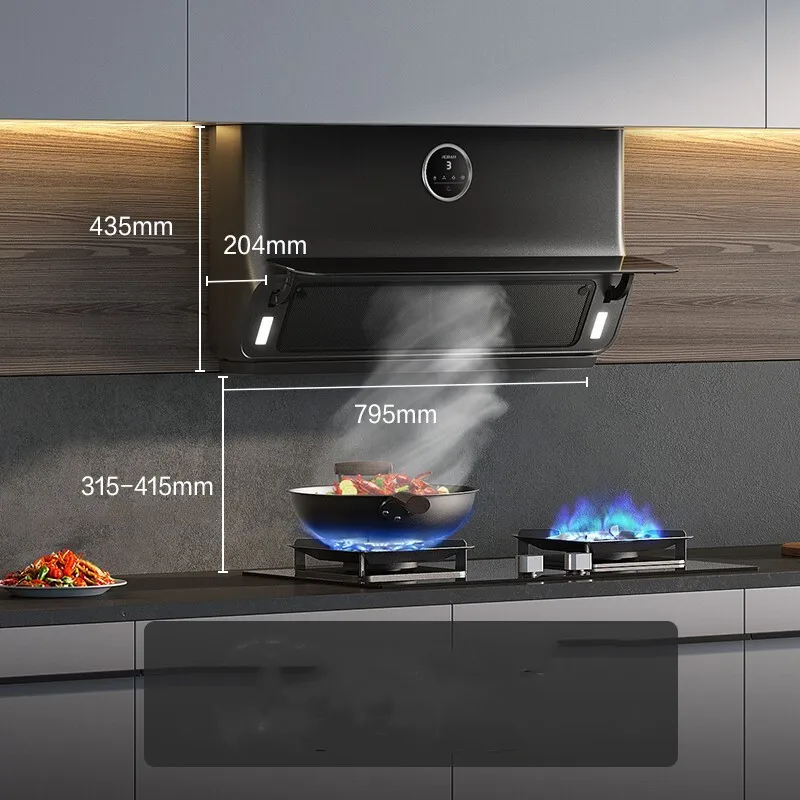 In conclusion
In conclusion
The importance of range hood height cannot be overstated when it comes to optimizing kitchen ventilation. Proper installation at the correct height ensures optimal capture efficiency, smoke and grease removal, comfort, and safety in the kitchen environment. By understanding the role of range hood height and investing in professional installation and maintenance, homeowners can enjoy a cleaner, healthier, and more enjoyable cooking experience for years to come.